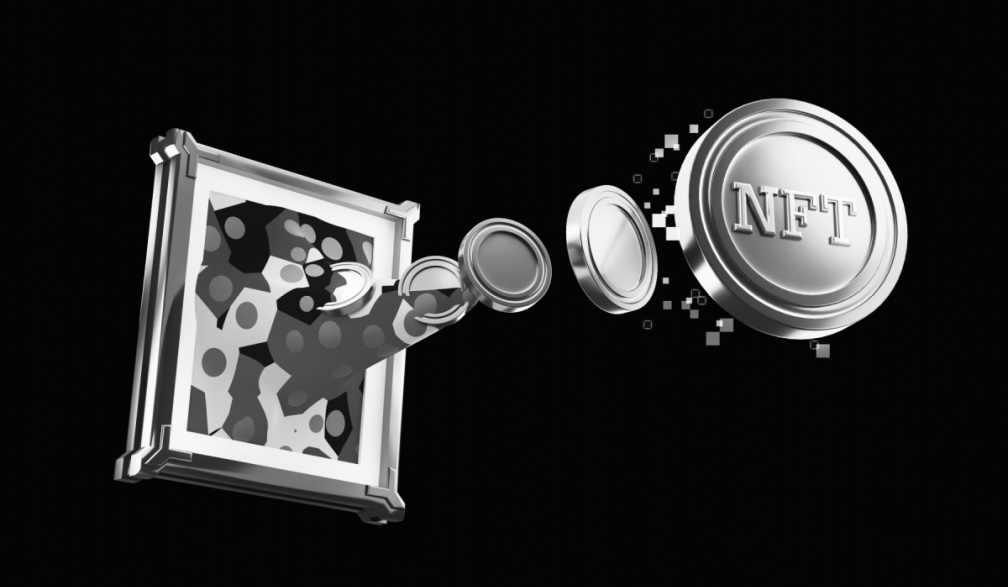Technologies Changing the World of Art

Mike Winklemann, also known as Beeple, could be unheard of by many Americans - until they try to venture into the digital world, in particular NFT art. In March 2021, he sold his artwork for a mind-boggling $69 million at Christie's, ranking him one of the most valuable living artists today, according to the auction house.
Months before that, he earned over $60,000 from a pair of NFT artwork, and by December, he had already pocketed $1.5 million.
While people still go to galleries and some artists generate income from launching traditional exhibits, the future of art is changing. Within the next few years, it will be such a far cry from people's perception of what an artwork means and how they can consume it. Technology will play a massive role in that.
1. NFTs
What are NFTs? They are non-fungible tokens, which means that every token is unique and uninterchangeable. Like cryptocurrency, it relies on blockchain technology to prove ownership.
The blockchain is a digital ledger that records every transaction securely and tamper-proof way. It can then allow for the creation of digital assets, which can be anything from a game item to a work of art. Because each token is unique, it can't be counterfeited, and the ownership history is transparent and verifiable.
Why is this so important for the art world? It creates a permanent and unalterable record of an artwork's ownership and provenance. It can be extremely valuable for artists and collectors as it adds security and trust to the market.
NFTs are also attractive to artists since the buyer doesn't necessarily have to own the copyright of the digital artwork. Whoever has paid for it cannot conveniently sell the actual painting, video, or image, for example, since he has only the digital representation that proves the product's authenticity and ownership.
2. Augmented Reality (AR)
Augmented reality (AR) is a technology that superimposes digital content on top of the real world. This could be anything from adding an extra layer of information to a street sign to placing a virtual dinosaur in your garden.
Augmented reality in art is a game-changer, especially for those running creative councils, museums, and arts communities. For instance, the Manchester Museum has unveiled an installation that enables people to view its collection through an AR app.
Meanwhile, the Mural Arts of Philadelphia has been combining the city's structures with AR to weave stories and display artworks that continue to capture the attention of fans and the nots.
One of its popular exhibits, the Unsung, featured a haunting sensory public art right at its run-down viaduct. Through AR, the artists projected the stories of three characters who represented life during the city's early years.
3. Virtual Reality (VR)
Virtual reality (VR) transports the user into a completely virtual environment. This could be something like a digital world or another planet.
As with AR, VR is also making its way into the art world. For example, an artist named Aaron Koblin creates VR artworks that explore human emotions and interactions. Koblin has a penchant for making digital art that evokes childhood memories, abstract feelings, transformation, and reflections.
On the other hand, MIT has launched a project called the Transmedia Storytelling Initiative. The purpose is to tell narratives, usually produced by the students, using various forms of media, including AR and VR. They then take it a step further by analyzing the role these technologies play in society, especially in people's narratives or how they will tell stories.
4. Artificial Intelligence (AI)
Artificial intelligence (AI) is a technology that allows machines to learn and work on their own. It is the foundation of concepts such as machine learning, which is where the machine "learns" by example.
Like AR and VR, AI is also making its way into the art world. For example, there are now digital art platforms that use AI to create new art pieces. The user inputs a few parameters such as the mood, style, and colors they want, and the AI will generate a new piece of digital art.
An artist collective named Obvious has generated several AI pieces that have been exhibited in galleries around the world. Its works usually involve taking a picture or image and then remixing it into something new.
In another instance, a team of European researchers has created an AI that can generate paintings in the style of famous artists. The AI is fed a picture of a landscape, and it will then create an image in the same manner.
As you can see, the line between art and technology is starting to blur. With the advent of new technologies such as blockchain, augmented reality, virtual reality, and artificial intelligence, it is no surprise that art and technology are becoming more interconnected. It will be surprising if they don't.








